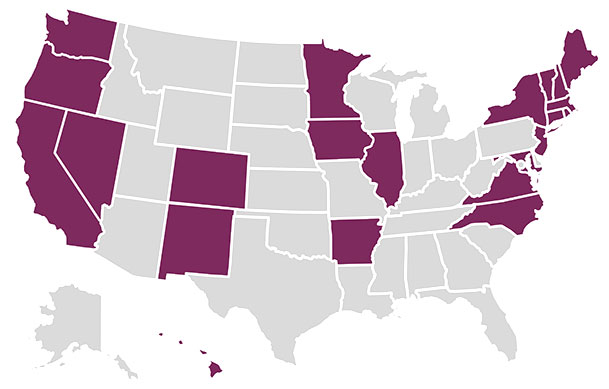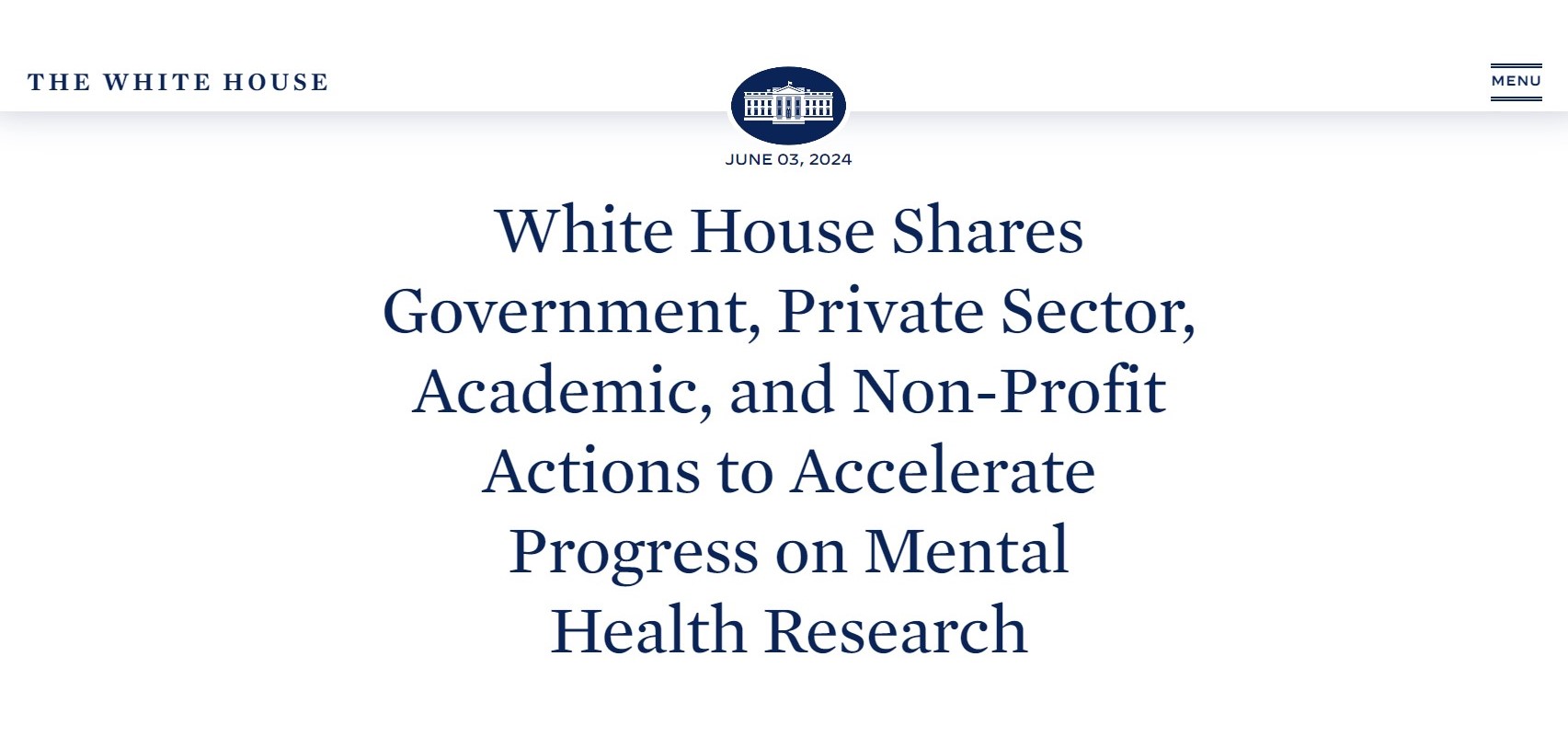State Laws Set the Tone for Safety and Risk of Suicide Among LGBTQ Youth
Research By: Landon Krantz, MD
Post Date: April 8, 2024 | Publish Date: Apr. 1, 2024

Suicide attempts are 18% lower when states clearly include sexual orientation and gender identity in antibullying laws. States with more gay/straight alliances have lower rates of physical harm and suicide.
Data from a nationwide survey of LGBTQ youth reveals that state antibullying laws can have a protective effect – but only when those laws specify that students’ sexual orientation and/or gender identity should be protected.
This key finding, plus data suggesting that schools with gay/straight alliances are seen by LGBTQ youth as providing an “affirming” environment, were published online April 1, 2024, in the journal LGBT Health. The findings are based on responses from more than 27,000 students ages 13-24 years old in 44 states.
“This study is the first that we know of that examines the effects of statewide enumerated antibullying laws on LGBTQ youth using a sample population which includes questions about gender identity,” says lead author Landon Krantz, MD, a member of the Division of General and Community Pediatrics at Cincinnati Children’s.
“These findings are important because there are strong efforts right now to reduce suicide and protect children in school, particularly LGBTQ children who are at higher risk. When comparing multiple strategies into a model, we found that there are things we can do at the state level and at the local, school level to make an impact,” Krantz says.
In the United States, 23 states have “enumerated” antibullying laws, while 27 states do not. The study reports that states with specific protection for LGBTQ youth had an 18% lower rate of suicide attempts and a 3% lower rate of physical violence reported by LGBTQ youth. The detailed survey was conducted by The Trevor Project, a non-profit organization that focuses of preventing suicide among LGBTQ youth.
School-based programs also can help
Meanwhile, even in states that lack focused antibullying laws, many local schools seek to establish affirming environments so that LGBTQ youth can feel safe at school.
Analysis by the research team at Cincinnati Children’s revealed that the existence of a peer-to-peer gay/straight alliance (sometimes referred to as a gender sexuality alliance) organization at the school offered a small but statistically significant improvement in safety experienced by LGBTQ students. This factor was independent of the existence of strong state antibullying laws.
However, other school-based interventions had no significant impact, including awareness training for health education teachers, staff-wide professional development sessions, and schoolwide publicizing of antibullying polices.
This finding does not necessarily mean that staff training lacks relevance. Instead, when multiple intervention efforts occur at the same time, the presence of a gay/straight alliance had the strongest statistical evidence for building safe school environments.
“The encouraging news here is that local, school-level measures can make a difference even if a state’s political climate is resistant to enumerated antibullying laws,” Krantz says. “Finding ways to support local-level interventions has become an urgent need given the recent surge in state legislation that undermines affirming and safe schools spaces for LGBTQ students.”
Next steps
Looking forward, Krantz and colleagues say more research is needed to understand what types of suicide-prevention curricula are best suited for LGBTQ youth, because even in states with strong antibullying laws, a large gap remains between the risk of suicide among LGBTQ students and the rest of a school’s population.
Another limit on the potential power of school-based interventions is that the harassment experienced by LGBTQ youth is not limited to school settings.
“While antibullying protections are effective, they are likely insufficient to address the mental health struggles of LGBTQ youth,” the co-authors state. “More work is needed to improve the lives of LGBTQ youth across communities and across the country.”
About the study
In addition to Kranz, Cincinnati Children’s co-authors from Cincinnati Children’s and the University of Cincinnati College of Medicine included Melinda MacDougall, MS, Shelley Ehrlich, MD, ScD, MPH, and William Brinkman, MD, Med, MSc.
Funding sources for this project included the Bureau of Health Professions (BHPr), the Health Resources and Services Administration (HRSA), and the Department of Health and Human Services (DHHS).
Disclaimer: The contents are those of the author(s) and do not necessarily represent the official views of, nor an endorsement, by HRSA, HHS, or the U.S. Government.
| Original title: | The Impact of Statewide Enumerated Antibullying Laws and Local School Interventions on School Spaces, Physical Harm, and Suicide Attempts for LGBTQ Youth |
| Published in: | LGBT Health |
| Publish date: | Apr. 1, 2024 |
Research By

My research interests center around adolescent mental health and how to support adolescents as they navigate those particularly challenging teenage years.





